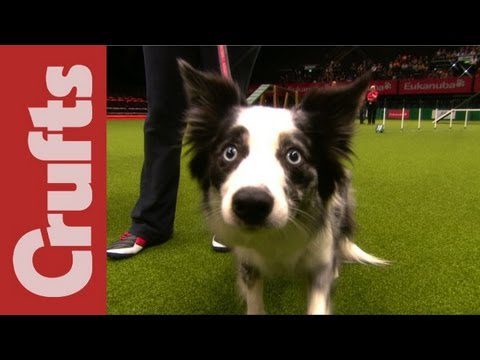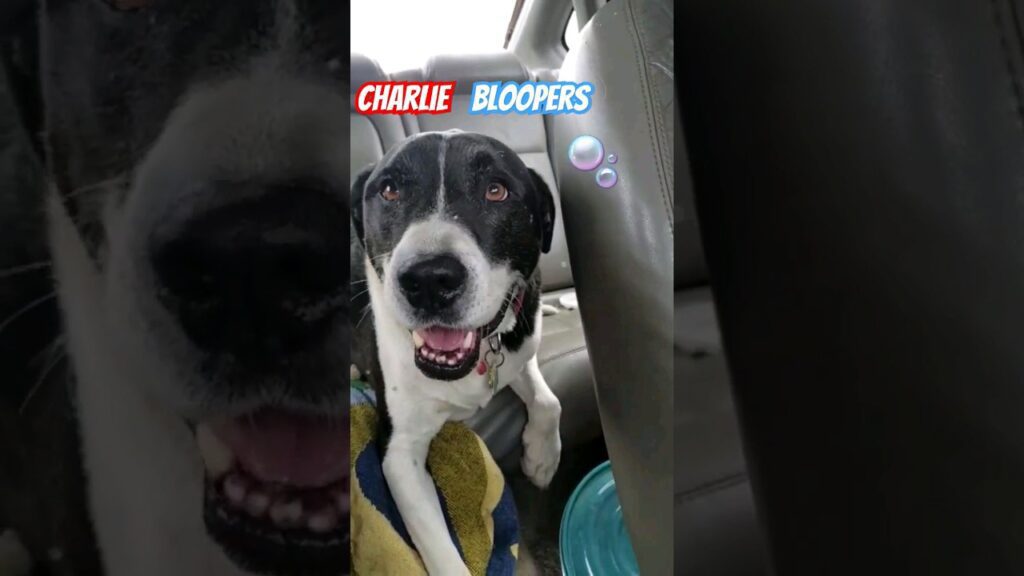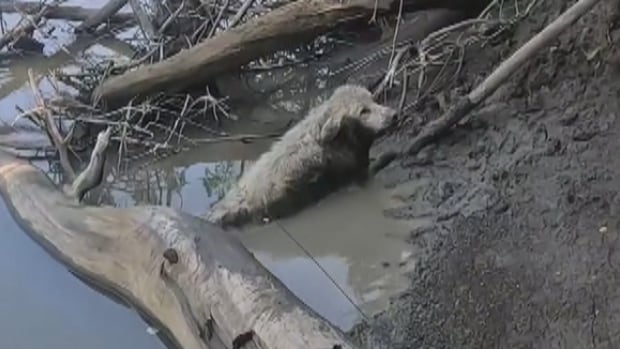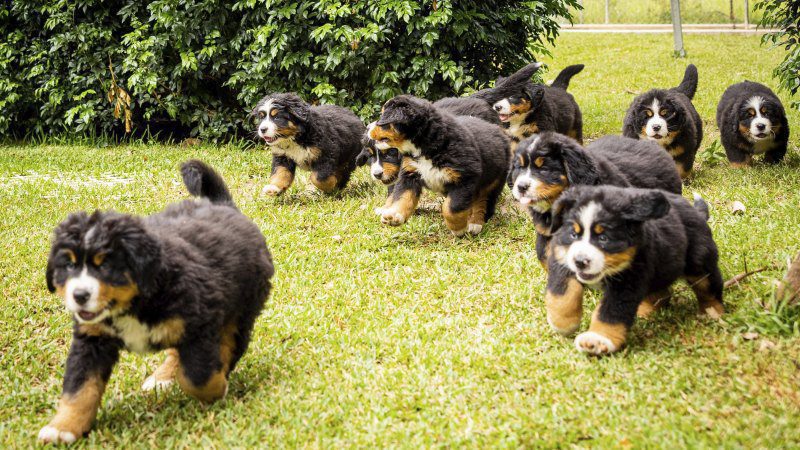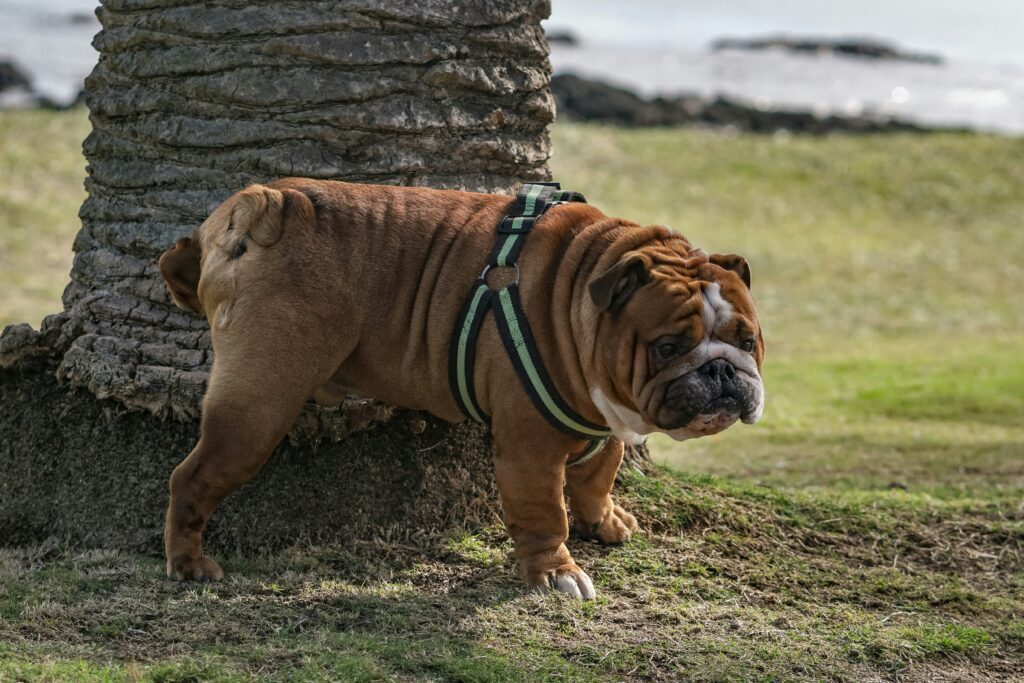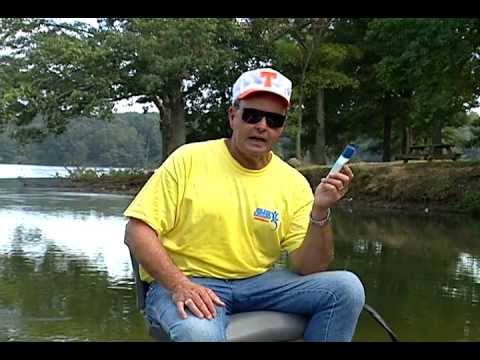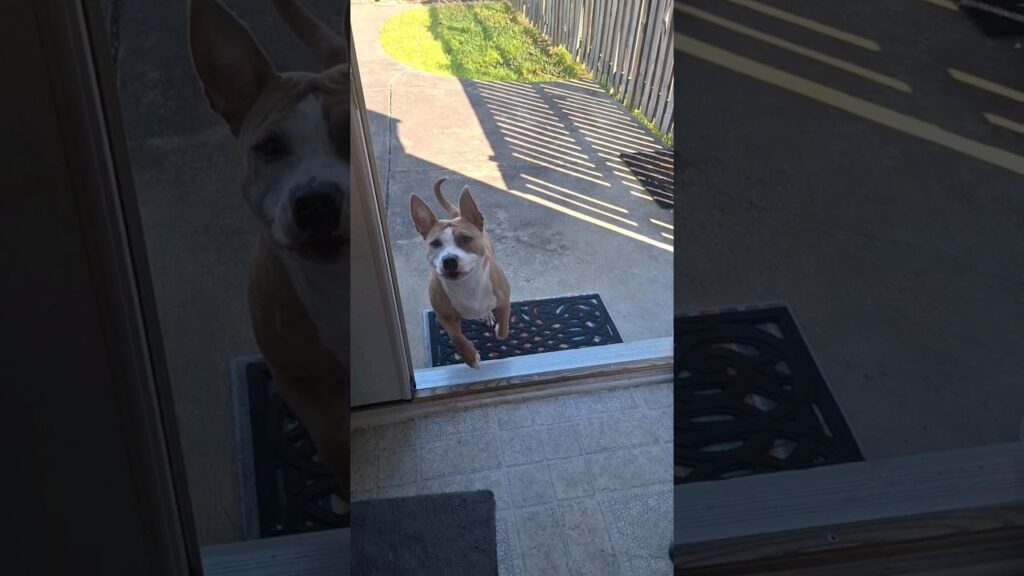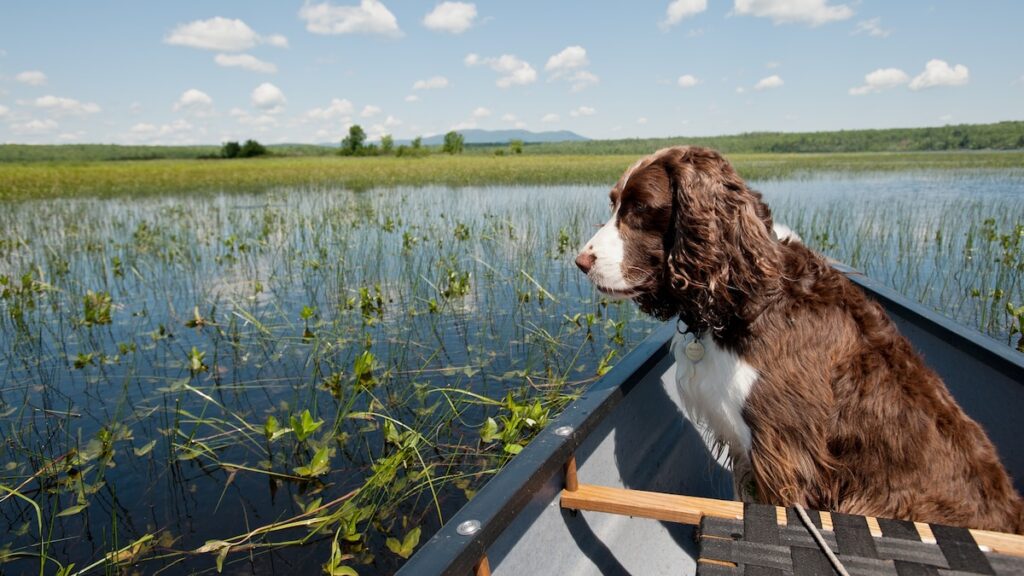Earlier this summer, Anais Felt took her dog, Cora, to a popular swimming spot in Lake Tahoe. After seeing other dog owners let their dogs swim at the lake, she thought the water was safe. However, “within an hour, she was very sick, and within three hours—she passed away,” Felt shared in a viral July 3 TikTok video. The culprit, says Felt, were harmful algal blooms—cyanobacteria (frequently called blue-green algae) and algae that can produce toxins. A normal part of the ecosystem, these marine bacteria and algae can become dangerous during “blooms” when they rapidly reproduce. Water quality tests in the South Lake Tahoe area showed low levels of cyanobacteria were present throughout July. Warm temperatures, large amounts of nutrients—such as phosphorus and nitrogen used in chemical fertilizers—rainfall, and wind may cause rapid growth, Richard Stumpf, a National Oceanic and Atmospheric Administration (NOAA) oceanographer, said in an email. From 2018 to 2023, 42 dogs and 158 humans in California were sickened by harmful algal blooms. According to the U.S. National Office for Harmful Algae Blooms, cyanobacteria has been documented in all 50 states, and as a result, 25 states have issued health advisories. But the costs of precise monitoring may leave harmful blooms hiding in plain sight—a concern among pet owners as blooms typically grow in the summer and early fall when pets and owners are looking for a way to cool down. Signs of danger in dogs and humans Harmful algal blooms are most frequently produced by cyanobacteria, according to the EPA. Become a subscriber and support our award-winning editorial features, videos, photography, and much more. There are different species of cyanobacteria that vary in appearance, but they typically change the color of water to green, blue, brown, and red, depending on the type. They perform photosynthesis, like algae, and their proliferation is referred to as an algal bloom. “Several produce scums, mats, or foam,” Stumpf said. “A bloom’s appearance is not necessarily an indication of how toxic it is. A good rule of thumb, however, is to assume that scum is toxic, as scum has concentrated the cyanobacteria (and any associated toxin) in a small volume of water.” A man fishing in the Iron Gate Reservoir on the Klamath River in California. Warm temperatures, fertilizer pollution, and stagnant water can all make cyanobacteria blooms more likely. Photograph by David McLain, Nat Geo Image Collection Since dogs are attracted to algal odors, according to NOAA—they are much more susceptible to cyanobacteria poisoning than humans. Dogs are exposed to toxins through skin contact, drinking water, and eating algae. Even after leaving the water, dogs may ingest toxins by grooming their fur and paws. Signs of poisoning can occur 30 minutes to a few hours after exposure, depending on the size of the dog, type of cyanobacteria, and amount of toxin ingested. The blooms can produce liver, nerve, and skin damage in both humans and animals. The most common signs of toxic poisoning in dogs include green-colored vomit, excessive drooling, elevated heart rate, diarrhea or bloody stool, loss of appetite, yellow eyes and gums, abdominal swelling, bluish color of the skin, hives, rash, dark or infrequent urination, seizures, paralysis, and disorientation. You May Also Like You can reduce your dog’s exposure by keeping your dog on a leash, not letting them drink water or eat algae, and washing them with clean water if they do go swimming. To protect yourself from toxins, make sure to wear gloves or use a towel to remove algae. You should seek immediate veterinary care if you suspect your dog was exposed to cyanobacteria poisoning, as poisonings are usually fatal in dogs, or contact the ASPCA Animal Poison Control Center. For humans, toxins can also have harmful effects, including diarrhea, nausea, vomiting, skin, eye and throat irritation, allergic reactions, and breathing difficulties. The two most serious types of cyanotoxins—microcystin and anatoxin—can cause liver failure, shock, respiratory arrest, and even death. High levels of exposure typically occur when swimming, diving, and water skiing. “Reported prevalence of cyanobacterial toxicosis is increasing in both dogs and humans, with year-round risk in warm climates,” says Laura Robinson, small animal veterinarian at Antonio Animal Hospital. She notes that no disproportionate risk has been observed among breeds, age, or sex. Is this a growing threat? Studies show that warming temperatures, resulting from climate change, have potential to be a major factor in cyanobacteria growth. At Lake Tahoe, temperatures have increased by nearly 2°F since 1968, peaking in 2015 with an average temperature of 53°F. Lakes are especially sensitive to climate change, as even small changes in temperature affect the ecosystem. “One concern is potential for earlier starts to cyanobacteria blooms. They will pose a hazard for more of the summer,” says Stumpf. Though he notes that some species grow more effectively in colder temperatures. According to the U.S. Environmental Protection Agency, harmful algal blooms are flourishing as a result of climate change. Warmer temperatures and heavier rainfall have caused lakes to favor cyanobacteria over eukaryotic algae—or algae that are beneficial to the environment— giving cyanobacteria a competitive edge. In a controlled lab study, cyanobacteria like Microcystis aeruginosa were found to double their population in 1 to 2 days under favorable conditions, whereas many eukaryotic algae might take 2 to 4 days to double under similar conditions. Melting ice and thermal expansion have also led to rising sea levels, disrupting the normal flow of water and allowing cyanobacteria to more easily grow. “Changes in sea levels, another result of warming temperatures, can affect water circulation patterns, potentially leading to areas of stagnant water where cyanobacteria can grow more easily,” Stumpf said. In stagnant water, cyanobacteria migrate up and down water to get nutrients, absorb sunlight, and release heat. These changing environmental conditions and imprecise monitoring mean pet owners may have to more closely monitor once-safe swimming spots. In her TikTok, Felt notes she’d neither heard nor read about water quality issues and it appeared “beautiful” and clear. “Lake Tahoe is known as

